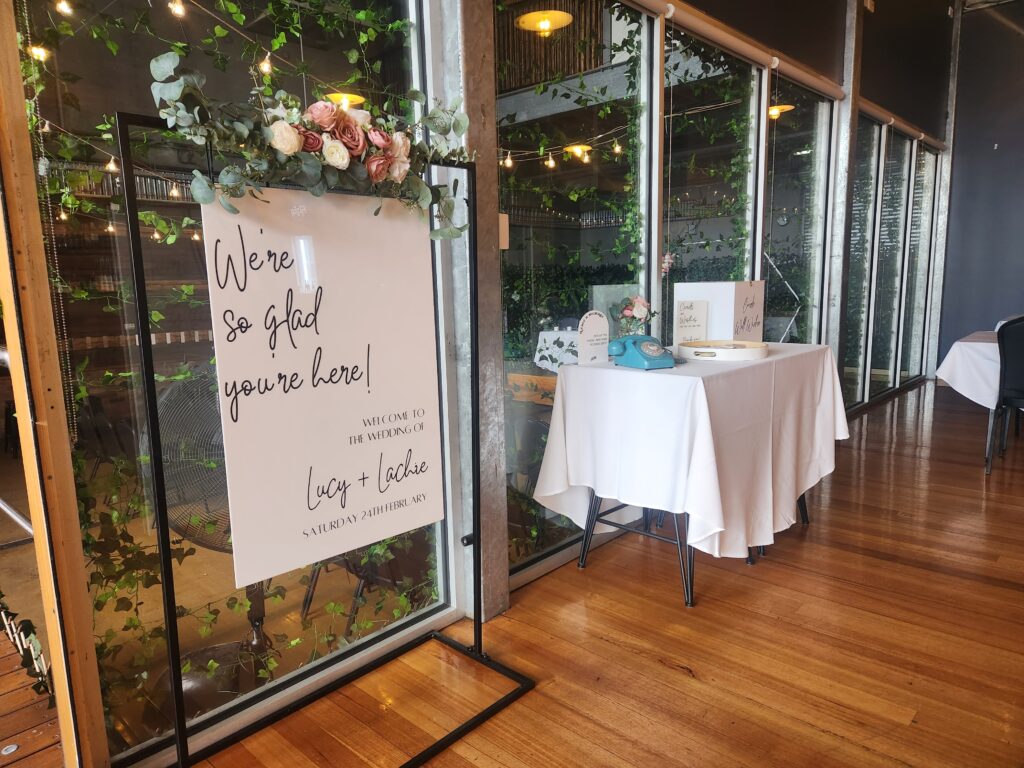In the hospitality industry, seasonal trends play a major role in the ebb and flow of business. Whether it’s a bustling holiday season, the lull of post-summer, or special local events, understanding these patterns allows venue owners to make informed decisions about staffing, marketing, and budgeting. Preparing for these fluctuations not only keeps operations running smoothly but also helps maximize revenue during peak periods and manage costs during slower times. Here’s how to build a calendar that accounts for seasonal trends, ensuring your venue’s success year-round.
1. Identifying Seasonal Peaks and Slow Periods
The first step in planning for the year is to identify your venue’s high and low periods. For many venues, peak times might include holidays like New Year’s Eve, Valentine’s Day, and major local events, while slow periods may fall in the weeks after major holidays or during off-season months.

- Case Study: Freight Bar’s No Room Hire Promotion
At Freight Bar, January and February are our two quietest months. To increase activity during these slower times, we implemented a “No Room Hire” promotion, waiving room rental fees and minimum spend requirements for function bookings. This promotion has successfully increased our function bookings and converted more inquiries into confirmed events, bringing in extra revenue during a traditionally low season. This strategy shows how tailoring promotions for off-peak months can boost bookings and fill the venue even during quieter periods. - Look at Historical Data: Analyze past years’ sales reports to understand which months tend to have high and low foot traffic.
- Consider Local Events: If your venue is near a popular festival or annual event, make a note of it. This could be an opportunity for high sales or additional services.
- Identify Holiday Patterns: Holidays often bring in more customers. Identifying which holidays drive traffic and which don’t as much will help in tailoring your approach.
2. Budgeting for Seasonal Fluctuations
With seasonal patterns identified, you can budget more effectively. For high seasons, plan for increased revenue and additional expenses, such as higher staffing levels and added inventory. For slower periods, adjust your budget to manage cash flow efficiently and avoid unnecessary expenses.
- Peak Period Investments: Consider investing in more inventory, special decorations, or added marketing efforts for peak times to make the most of increased foot traffic.
- Off-Peak Adjustments: During slower periods, look at reducing expenses where possible, such as limiting stock orders, adjusting staff hours, and cutting back on advertising. This helps to keep operational costs in line with lower revenue.
3. Planning Promotions and Marketing Campaigns
Tailored promotions and early marketing efforts can make a big impact on both peak and slow periods. By planning promotions in advance, you can increase customer engagement, build anticipation, and drive traffic.
- Create Holiday-Specific Promotions: Offer themed discounts, special events, or seasonal menus for popular holidays. For example, a Valentine’s Day prix fixe menu or a Halloween-themed cocktail night.
- Host Off-Peak Events: During quieter months, consider hosting unique events to encourage foot traffic. Trivia nights, happy hour specials, or discounted tasting events can bring in guests when business would otherwise be slow.
- Start Marketing Early: Begin promoting seasonal events at least a month in advance to build awareness and excitement. Use social media, in-venue signage, and email marketing to reach your audience effectively.
4. Optimizing Beverage Inventory for Peak Demand
Adjusting your beverage inventory to align with seasonal trends is essential for maximizing sales and avoiding shortages during high-demand periods. By planning ahead and stocking up strategically, you can ensure that popular drinks are readily available when guests are most likely to order them.

- Stock Up for Peak Times: Ensure you have enough popular beverages in stock for busy periods, especially those that are highly requested, like spirits and specialty cocktails.
- Collaborate with Suppliers: Build strong supplier relationships to negotiate larger orders for peak times or to secure quick resupplies if demand exceeds expectations.
5. Preparing for Big Trading Days in Advance
For many venues, certain dates are guaranteed big revenue days, like New Year’s Eve, Valentine’s Day, or local festivals. These are prime opportunities for increased profits if you prepare correctly.

- Case Study: Freight Bar’s Labour Day Success
At Freight Bar, the Sunday before the Labour Day Monday holiday is one of our biggest trading days of the year. In anticipation, we prepare by increasing our alcohol orders—especially vodka—and scheduling extra staff to handle the crowd. Last year, we took extra steps to make the day our best yet: we secured a 3 a.m. license to extend hours, created a dedicated Facebook group to generate interest, and designed posters with QR codes so customers could register their attendance. Our team promoted the event with targeted social media ads and additional in-venue signage. The result? We turned a traditionally great trading day into our most successful day ever. This approach highlights the power of careful planning, expanded inventory, and targeted marketing for maximizing revenue on key trading days. - Start Preparations Early: Make sure bookings, staffing, and marketing are planned weeks or even months in advance. This ensures you’re fully equipped to handle demand.
- Create Unique Experiences: Offer exclusive experiences like themed events, live entertainment, or prix fixe menus that set your venue apart from others. The goal is to create a memorable experience that draws customers in.
- Focus on Customer Retention: Big days often bring in new customers, so use these occasions as an opportunity to convert first-time visitors into regular patrons through loyalty programs, follow-up emails, or promotional offers.
Planning for Success Year-Round
Seasonal trends and special events are essential to the hospitality business, providing both challenges and opportunities. By understanding your venue’s seasonal patterns, budgeting wisely, preparing staff, optimizing inventory, and creating tailored promotions, you can make the most of peak seasons and maintain steady cash flow year-round.
Effective seasonal planning is about more than just managing the highs and lows; it’s about building a consistent, proactive approach to operations. With the right strategies in place, you’ll be able to maximize revenue, delight customers, and create a smoothly running venue that thrives across all seasons.


